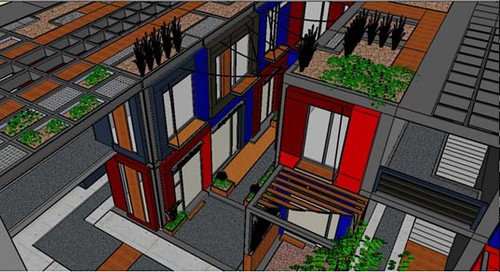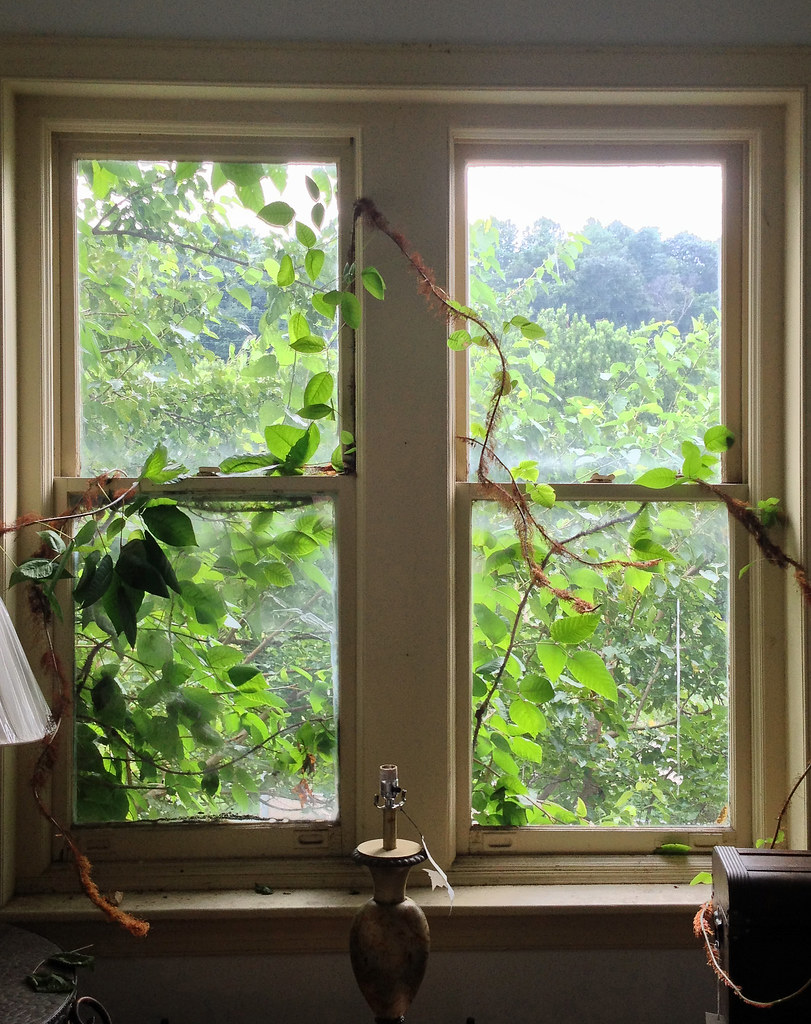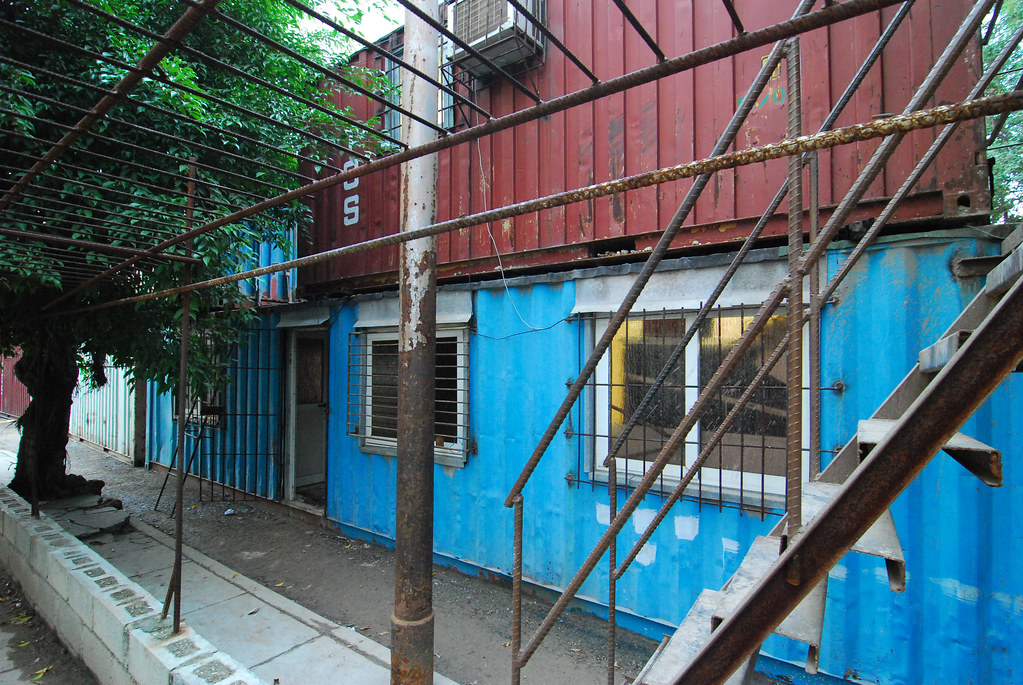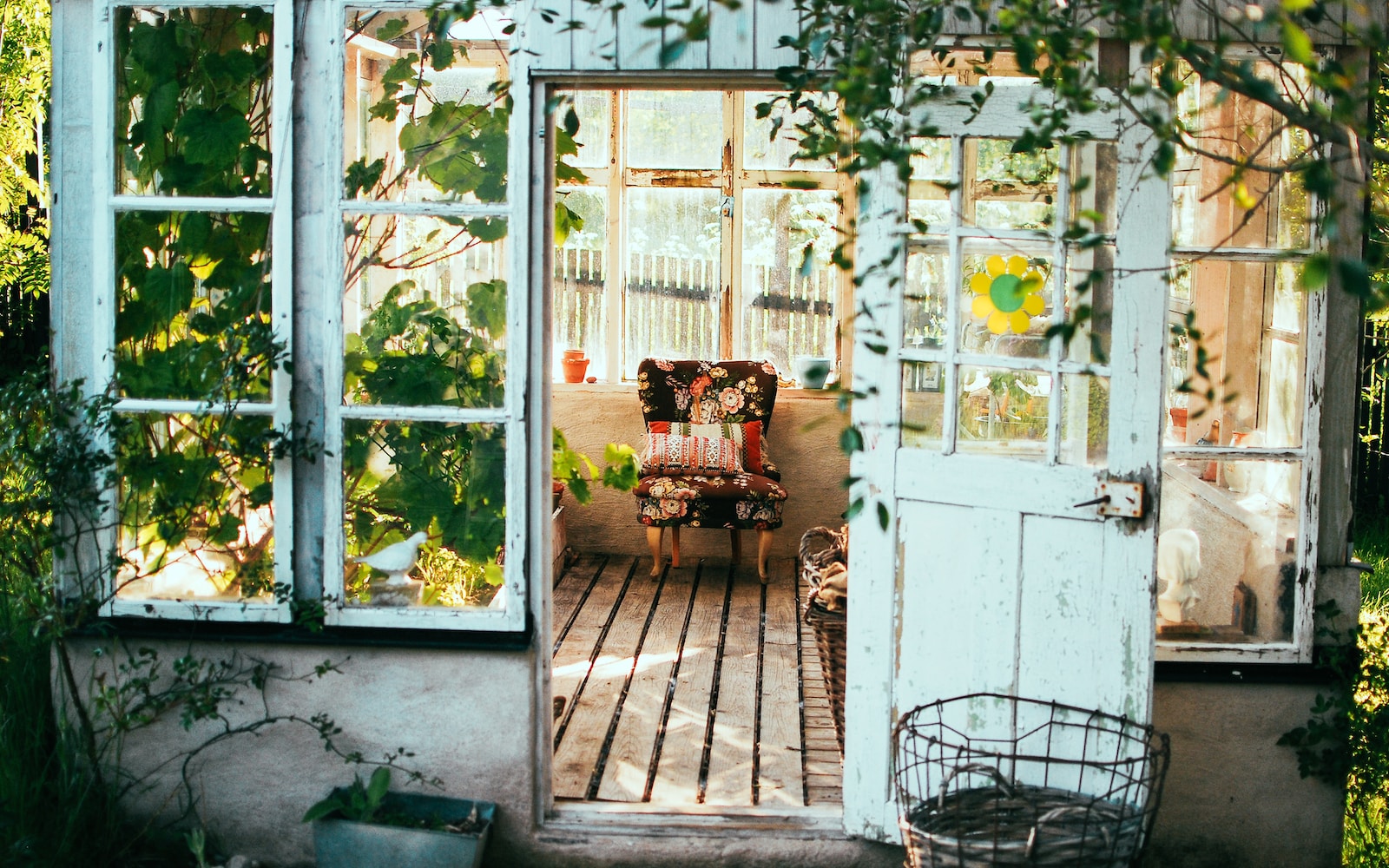By Emily Owens
Hello, fellow container home enthusiasts! If you’re like me, you’ve fallen in love with the idea of turning shipping containers into unique, sustainable, and cost-effective homes. However, before you start welding, insulating, and decorating, there’s a crucial step you can’t skip: dealing with permits and regulations. Now, I know this sounds about as much fun as a root canal, but fear not! I’m here to guide you through this bureaucratic jungle with a sprinkle of humor and a pinch of practical advice.
Why Permits and Regulations Matter
First things first, why do we even need permits and regulations for our beloved container homes? Well, my friends, it’s all about safety, zoning, and urban planning. Authorities want to ensure that your container home meets certain standards to protect you, your neighbors, and the environment.
Imagine putting up a container castle in the middle of a suburban neighborhood without any oversight. You might love your new fortress, but your neighbors might not appreciate the sudden medieval vibe next door. Plus, local authorities want to make sure you’re not turning your backyard into a hazardous waste site.
So, let’s dive into the nitty-gritty details of permits and regulations for your container home.
Local Zoning Codes

The first step in your container home journey is to check your local zoning codes. These codes dictate what types of structures are allowed in different areas, and they can vary from place to place.
For example, in some areas, container homes may be allowed as accessory dwellings, while in others, they might not be permitted at all. So, dust off your detective hat and head to your local planning department or check their website for zoning information.
Building Permits
Once you’ve determined that container homes are allowed in your area, the next step is obtaining the almighty building permit. This document is your golden ticket to construction bliss. Without it, you’re basically just stacking containers like oversized Lego blocks.
To get a building permit, you’ll typically need to submit detailed plans, including structural drawings, electrical and plumbing schematics, and a site plan. Think of it as your container home’s passport – it needs to prove it’s fit for habitation.
Foundation Matters
Now, let’s talk about your container’s feet – its foundation. Depending on where you live and your local regulations, you might have several options here. You can choose between traditional foundations like concrete slabs or piers or innovative solutions like helical piles.
Your choice will often depend on your budget, the soil conditions, and local building codes. Be sure to consult with a structural engineer to ensure your foundation meets all the necessary requirements.
Insulation and Ventilation
Containers are made to transport goods, not people, so they need some serious upgrades to become comfortable homes. Proper insulation and ventilation are non-negotiable.

Consider spray foam insulation to seal those nooks and crannies. It’s like giving your container a cozy winter coat. And don’t forget to add windows and vents to let in natural light and fresh air – you don’t want to feel like you’re living in a metal box, right?
Plumbing and Electrical
Plumbing and electrical work are crucial, and you’ll need to follow your local building codes to a T. This means hiring licensed professionals to handle these tasks. You don’t want DIY plumbing disasters or electrical shocks ruining your container home dreams.
Environmental Regulations
Green living is a significant motivation for many container home enthusiasts, but going eco-friendly doesn’t mean you can ignore environmental regulations. You’ll need to consider issues like rainwater harvesting, greywater disposal, and solar panels. These green additions can be great for the planet and your wallet but must comply with local regulations.
Permits for Off-Grid Living
If you’re planning to take your container home off the grid and live a self-sufficient lifestyle, kudos to you! However, be prepared for a whole new set of regulations. Off-grid living can be a bit of a legal puzzle, as some areas might have strict rules about septic systems, composting toilets, and renewable energy sources.
The Role of HOAs

Now, let’s talk about the dreaded Homeowners’ Associations (HOAs). These can be a real thorn in the side of container home enthusiasts. HOAs often have their own sets of rules and restrictions, and some might not be container-friendly at all. So, before you buy land in an HOA-governed community, do your homework and check their bylaws.
The Power of Perseverance
Navigating permits and regulations for your container home can be a bit like dealing with a stubborn mule. It might test your patience, but remember that perseverance pays off. Don’t be discouraged by the paperwork, inspections, and occasional setbacks. Container homes are worth the effort.
Conclusion
As you embark on your container home adventure, remember that permits and regulations are your partners in creating a safe and legal dwelling. They might seem like the party poopers, but they’re essential for ensuring your dream home doesn’t turn into a nightmare.
So, research your local codes, get those permits, follow the rules, and soon enough, you’ll be sipping coffee in your container home, admiring the unique beauty of your creation while basking in the satisfaction of a job well done. Happy container home building, my fellow adventurers!





















Find Us on Socials